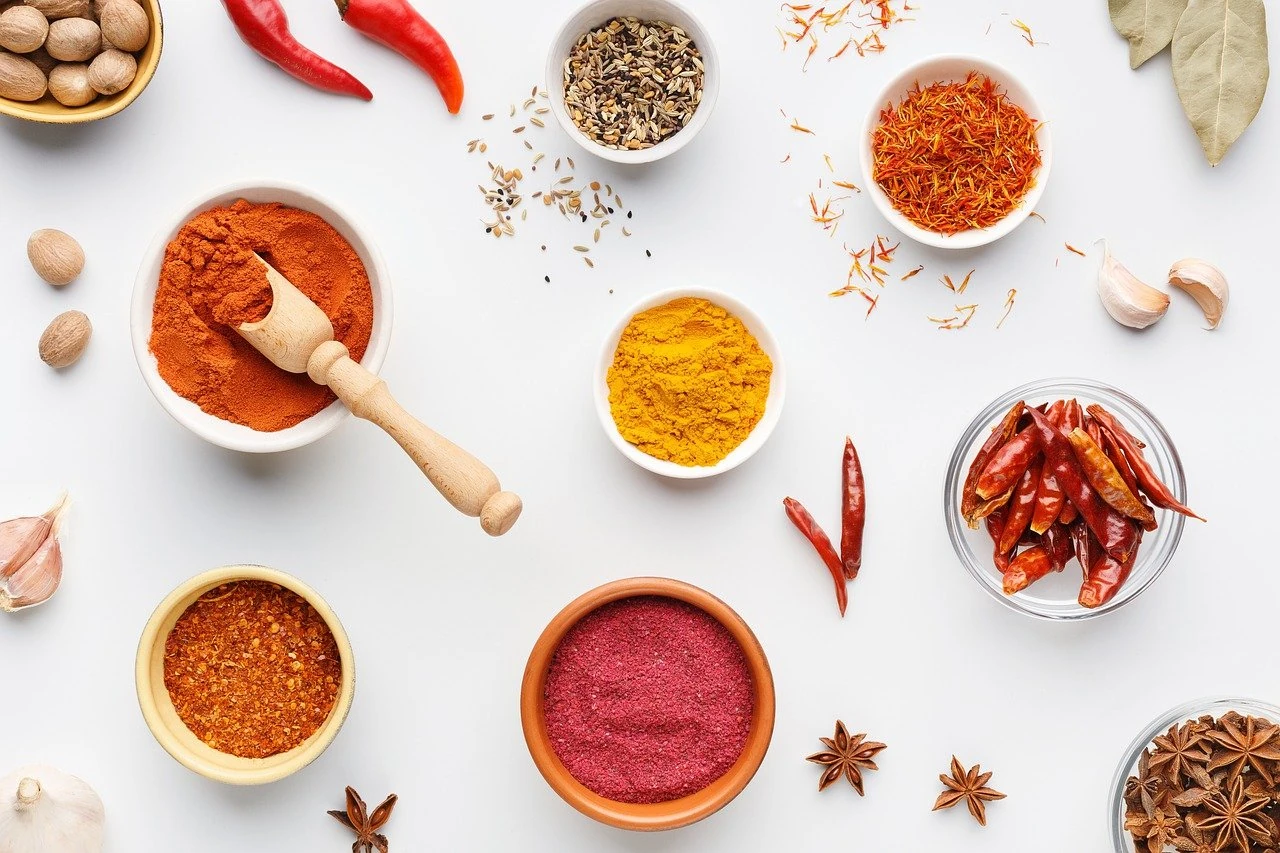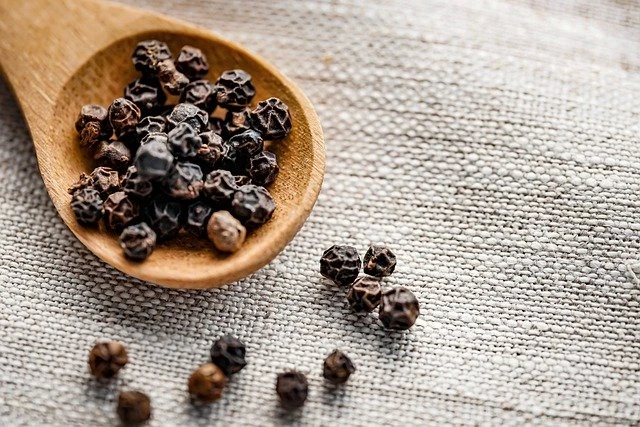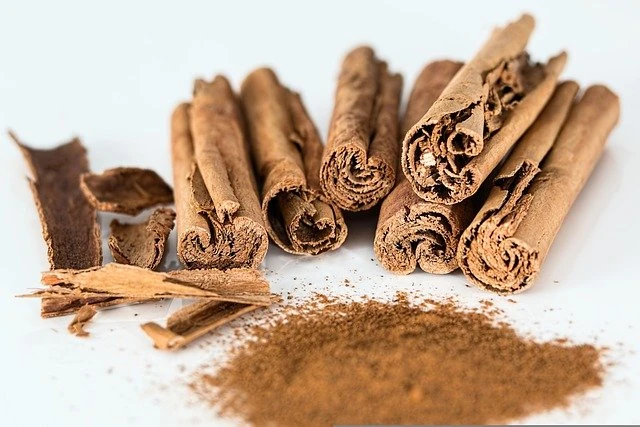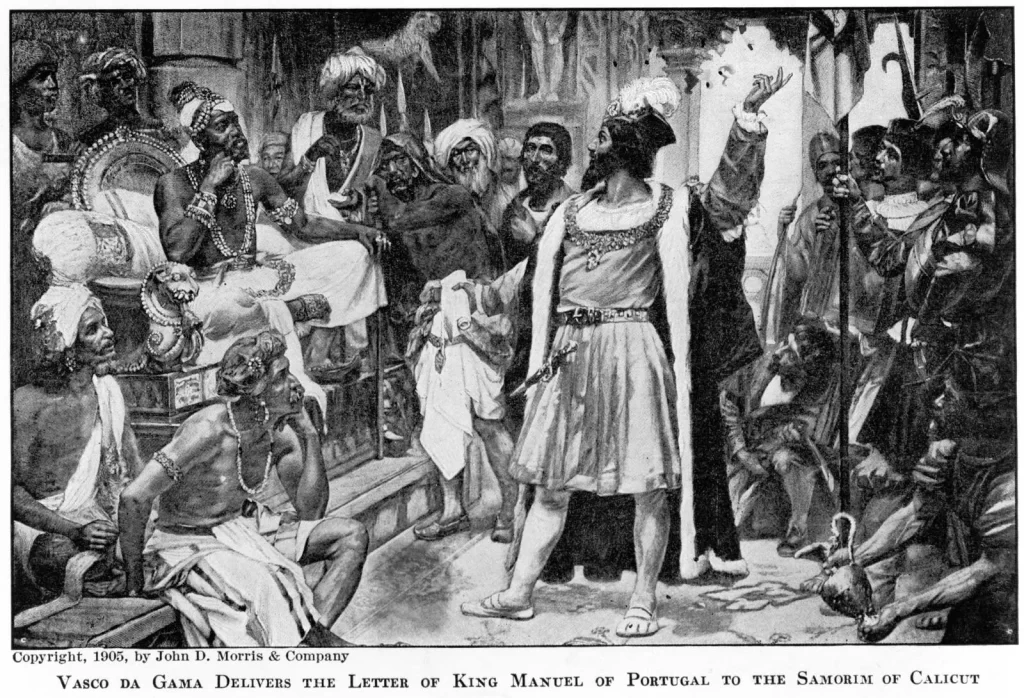
History of Spices
Ancient civilizations were far more advanced than we can even think about. Speaking of the Indus Valley Civilization itself, what structures have been revealed by the archaeological department during their excavations to prove that they were genius and intelligent? Their city planning itself is the greatest proof. But was that limited to only planning and architecture? No. They knew very well the use of various ingredients in their use. Even spices and herbs, most probably.
Spices and Ancient Man
Spices had a very important place in ancient and medieval cooking. People thought more about their health than taste as we do today. They preferred healthy food and automatically the ingredients used for health reasons imparted a lot of taste and flavours. Medical theories about diet and health overlapped with taste preferences. There is numerous anecdotal information that documents the historical use of herbs and spices for their health benefits. Millions of years ago, early man hunted their food, wrapped them in leaves and found that this enhanced the flavours of the meat. Sometimes, he tried the same with nuts, berries and barks, which not only removes unpleasant taste and odour but sometimes keeps the food fresh for a longer period of time. Ancient people could not differentiate between medicinal herbs and spices. They tasted each element and whichever they found good for the tongue, was used in their cooking.
Spices in the Medieval (Middle) Age
In history, the Middle Ages or medieval period lasted approximately from the 5th to the late 15th centuries, similar to the post-classical period of global history. When we speak about medieval food, it is a general impression that they were pale and tasteless food. Some imagine that food was unimpressively served to quests and other important people during any function of entertaining programmes. Though most of us gather this impression from various pictures and movies depicting life during these periods. But that is not all true. Flavour was actually very important. The recipes of classical Greece and Rome favour sharp flavours. Dishes of the Middle Ages were sweeter and more perfumed. Dining customs were carefully observed and followed during medieval times.
Medieval Age Food
Food, in the medieval period, was flavoured and accented with exotic spices. The spice trade was actually lucrative and had become a status symbol associated with them. And the food was affected by the usage of rare spices. Because of their status symbol, spices were often publicly displayed. Salt cellars (often called nefs) in the form of ships were present at the dinner table of the well-to-do, as well as ornate spice containers. Given the astronomical cost of most spices, this display was most certainly an outward and ostentatious show of wealth. Spices were costly and considered luxurious, as mentioned earlier. They were traded from far away, which was so far that people had no idea where the spices came from. Many thought that spices came from the earthly paradise, that was said to be near India. Only a small group of rich people could afford luxurious items like spices.
Spices and Style
Spices embodied style, good manners and prestige. Thus they were the status symbol that distinguished them from other social classes. The fact that spices were used so plentiful hints at the fact that status was indeed the reason why they were used. Showing off was more important than the taste. The knowledge about spices changed in the early 16th century when Vasco da Gama discovered a trade route to India. The Portuguese made their violent way to the islands and places where the spices have their origin. They paved the way for the Dutch East India Company which was founded in 1602.
Major spices during the Middle Ages

The major spices during the Middle Ages were: black pepper, cinnamon, ginger and saffron. Another common spice, galangal which is akin to ginger was also widely used. Cloves were also highly valued, but due to their exorbitant cost were not as liberally used as the other aforementioned spices. Herbs such as rosemary and parsley were also widely used in cooking. Actually, medieval cooks knew well how to use spices, how to measure them out and combine them with bread-based liaison and acid-tasting products such as vinegar. This delicate balance is often forgotten by modern cooks. They combined art and artifice to entice the palate as well as the eyes. The prolific use of spices and special effects contributed to foods that were rich in taste and presentation.
Spices have a mildly preserving effect, this was not the most important reason why spices were so popular. The medieval people used spices in four ways: in perfumes and cosmetics, as a fragrance for religious rituals, as medicine or as a preventive ointment against illnesses and other ailments, and of course as an ingredient in the kitchen.
Oldest Spice

Cinnamon has long been depicted as the oldest spice known to man, recorded as an embalming agent for mummification in ancient Egypt, but was it the first seasoning utilized as a flavouring agent or is there another ingredient that can be considered the first spice used for cooking. Both Cassia and Ceylon cinnamon varieties are thought to have been among the first spices to be traded, though not likely for culinary purposes. The spice trade dates back more than 4000 years ago, when frankincense, myrrh, cinnamon, and other spices were known to be traded in southern Arabia, tales associated with cinnamon and cassia positioned these fragrant quills of dried barks as the crown jewel of the first spice trading, though.
Arab traders “spread fantastic tales to the effect that cassia grew in shallow lakes guarded by winged animals and that cinnamon grew in deep glens infested with poisonous snakes.” These mythological stories were likely purposed to intrigue buyers and deter others from seeking out these phenomenal coveted spices. It is likely because of that positioning that Sri Lankan cinnamon and Saigon cinnamon were amongst the first spices to incite trading overseas.
Different Flavours used by Different Civilizations
Egyptian Civilization
Ancient Egyptian carried out medical treatments consisting of caraway, coriander, fennel, garlic, mint, onion, peppermint, poppy, and onion. Onion and garlic were of particular importance. They were believed to promote health and stamina. Some ancient Egyptians even placed wooden figures of garlic cloves in their tombs to ensure a tasty and wholesome afterlife. The Egyptians also enjoyed flavouring their food with cardamom and cinnamon.
Chinese Civilization
The early publication mentioned more than a hundred medicinal plants including the spice cassia, which is similar to cinnamon (called “kwei”). Nutmeg and cloves were brought to China. They used them in their mouths so their breath was sweet when addressing the emperor. Ginger plants were grown in pots and carried on long sea voyages between China and Southeast Asia to provide fresh food and prevent scurvy.
Indian Origin
Spices and herbs such as black pepper, cinnamon, turmeric, and cardamom have been used by Indians for thousands of years for both culinary and medicinal purposes. Sushruta, an ancient surgeon (around 4th century BC), used white mustard and other aromatic plants in bed sheets to ward off malignant spirits. He also applied cream from sesame to postoperative wounds which may have acted as an antiseptic. Medical writings of Charaka (1st century) and Sushruta II (2nd century) referenced spices and herbs. Sushruta II also used spices and herbs such as cinnamon, cardamom, ginger, turmeric, and pepper for healing purposes. Spices such as cardamom, ginger, black pepper, cumin, and mustard seed were included in ancient herbal medicines for different types of health benefits. In Ayurvedic medicine, spices such as cloves and cardamom were wrapped in betel-nut leaves and chewed after meals to increase the flow of saliva and aid digestion.
Mesopotamian Civilization
Ancient cuneiform records noted spices and herbs used in Mesopotamia in the fertile Tigris and Euphrates valleys, where many aromatic plants were known. A scroll of cuneiform writing records a long list of aromatic plants, such as thyme, sesame, cardamom, turmeric, saffron, poppy, garlic, cumin, anise, coriander, silphium, dill, and myrrh. The ancient Assyrians also used sesame as vegetable oil. Onions, garlic, and shallots became popular condiments in Persia by the 6th century BC. Persians also produced essential oils from roses, lilies, coriander, and saffron.
Greek Civilization and Roman Glory
Ancient Greeks imported Eastern spices (such as pepper, cassia, cinnamon, and ginger) to the Mediterranean area. Spices, such as caraway and poppy seeds for bread, fennel for vinegar sauces, coriander as a condiment in food and wine, and mint as a flavouring in meat sauces, were imported from neighbouring countries. Garlic was widely used by people in much of their cooking. Ancient Greeks wore parsley and marjoram as a crown at their feasts in an attempt to prevent drunkenness. Theophrastus (372-287 BC), sometimes called the “Father of Botany,” wrote 2 books that summarized the knowledge of over 600 spices and herbs.
The Romans were extravagant users of spices and herbs. Spice-flavoured wines were used in ancient Rome and spice-scented balms and oils were popular for use after the bath. Since spices were considered to have health properties, they were also used in poultices and healing plasters. When the Roman Empire extended to the northern side of the Alps, the Goths, Vandals, and Huns of those regions were introduced to pepper and other spices from the East. These cultures were familiar with caraway, onions, rosemary, and thyme and gradually became attracted to the Eastern spices.
Use of Flavours during Explorations
Exploration by Marco Polo

Marco Polo mentioned spices frequently in his travel memoirs. He described the flavour of the sesame oil of Afghanistan and the plants of ginger and cassia of Kain-du (the city of Peking), where people drank a flavorful wine of rice and spices. It was reported that the wealthy in Karazan ate meat pickled in salt and flavoured with spices, while the poor had to be content with hash steeped in garlic. He mentioned that in Hangchow, 10,000 pounds of pepper were brought into that heavily populated city every day.
Polo also described vast plantings of pepper, nutmeg, cloves, and other valuable spices he had seen growing in Java and in the islands of the China Sea, and the abundance of cinnamon, pepper, and ginger on the Malabar Coast of India. Some anecdotal evidence suggests that Polo’s accounts led to an increased international spice trade during the 13th and early 14th centuries.
Exploration by Christopher Columbus
When Christopher Columbus set out on his second voyage, he brought along Spanish physician Diego Chanca, who introduced capsaicin (red pepper) and allspice to Spanish cuisine. Vanilla is another spice that is native to Mexico. It was an Aztec tradition to drink chocolate beverages with a dash of vanilla. To this day, vanilla is a common ingredient in many chocolate beverages and candies.
Exploration by the Portuguese

King Manual I of Portugal had a large influence on bringing spices to his country. Several sea voyages helped establish a trade route to India. Portugal had large quantities of Indian spices such as cinnamon, cassia, ginger, pepper, nutmeg, mace, and cloves. The King sent trade missions to develop new markets for his spices throughout Europe, especially in Germany. As the spice wealth poured into Lisbon, the Portuguese crown monopolized the lucrative but risky pepper trade. Cargoes of East Indian vessels were sold at high prices by the King of Portugal to large European syndicates. As in medieval times, the price of pepper served as a barometer for European business in general.
Modern Usage of Spices
Unlike earlier times when monopolies dominated the spice trade, commerce in spices is now relatively decentralized. Throughout the world, spices and herbs are frequently used in cuisine, to improve flavour, and to provide new tastes. Spices can be found everywhere, including outer space: in 1982, spices were incorporated into astronaut food for the United States space shuttle program.
The information age (mid-20th century) has ushered in a new age of global cuisine sharing. Curious home cooks increasingly prepare meals from a wide range of ethnic heritages using an increasing array of spices. There is also a renewed interest in the health benefits of spices and herbs. One of the most promising developments for spices in modern times is that scientific evidence is accumulating that supports the anecdotal health benefits touted by our ancestors. Research shows that culinary spices and herbs may have beneficial effects in areas such as heart health, cognition, and weight management as well as improving diet quality by making healthier foods more acceptable to consumers. The body of scientific evidence is ever expanding to support the wisdom of our ancestors throughout the ages.
Conclusion
Food, flavours and spices! Can anyone imagine culinary life without any of these? Never! Spices had been present and valued since ancient times. The flavourful addition to the medicinal effect of spices and herbs was recognised by our ancestors. We should be lucky to have the richness of spices from all over the world at our local groceries.
Have a spicy day!


